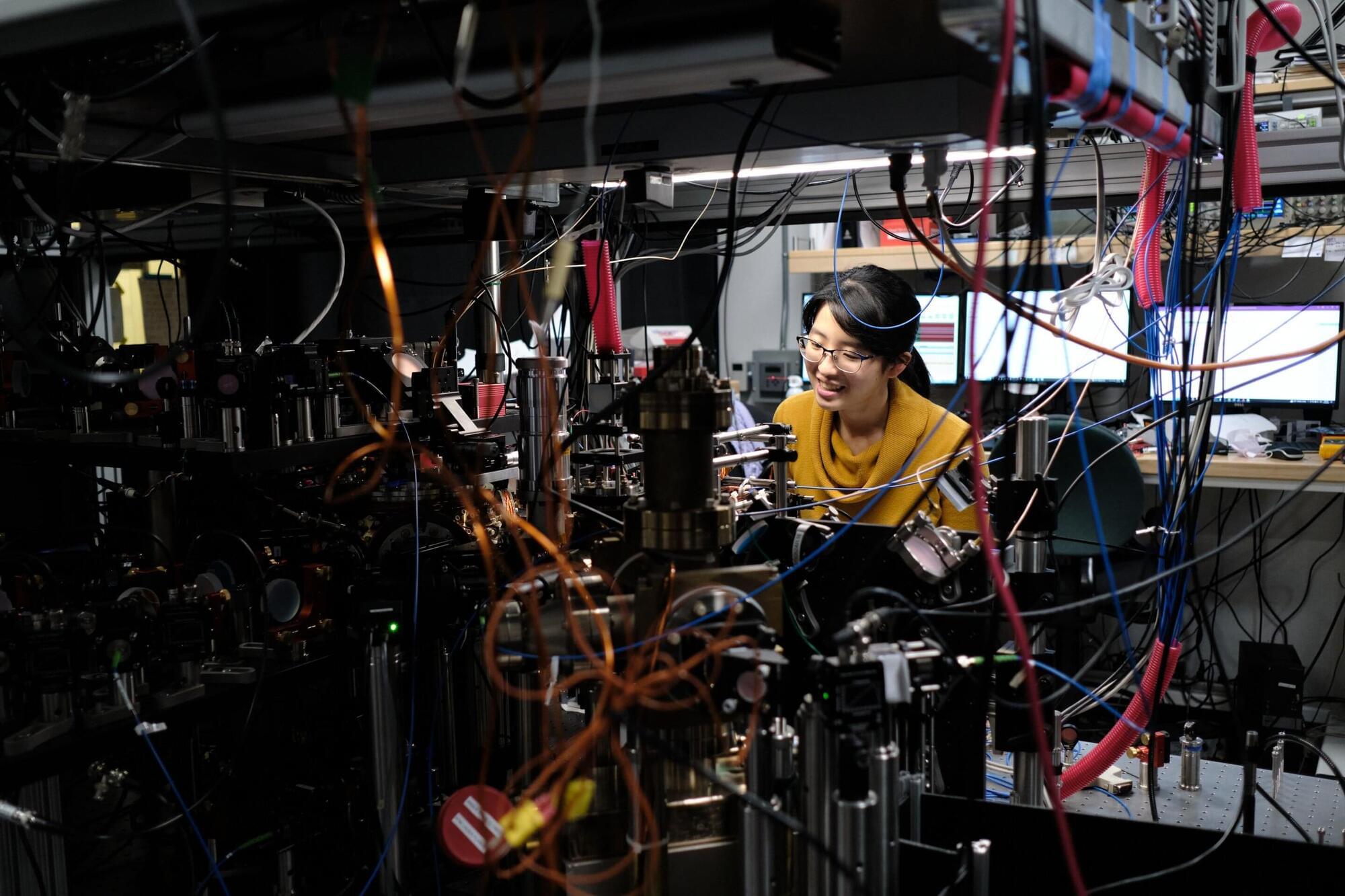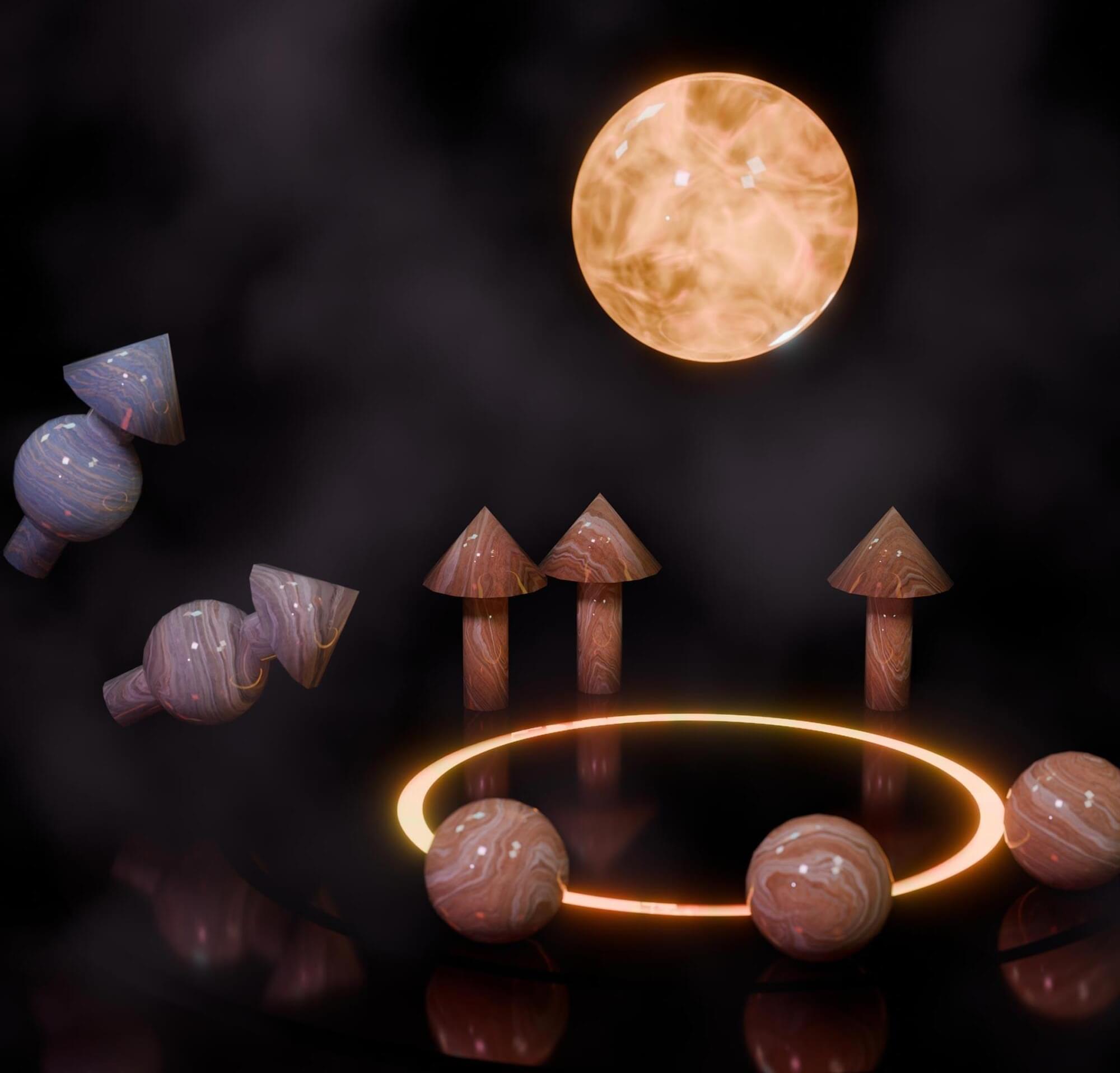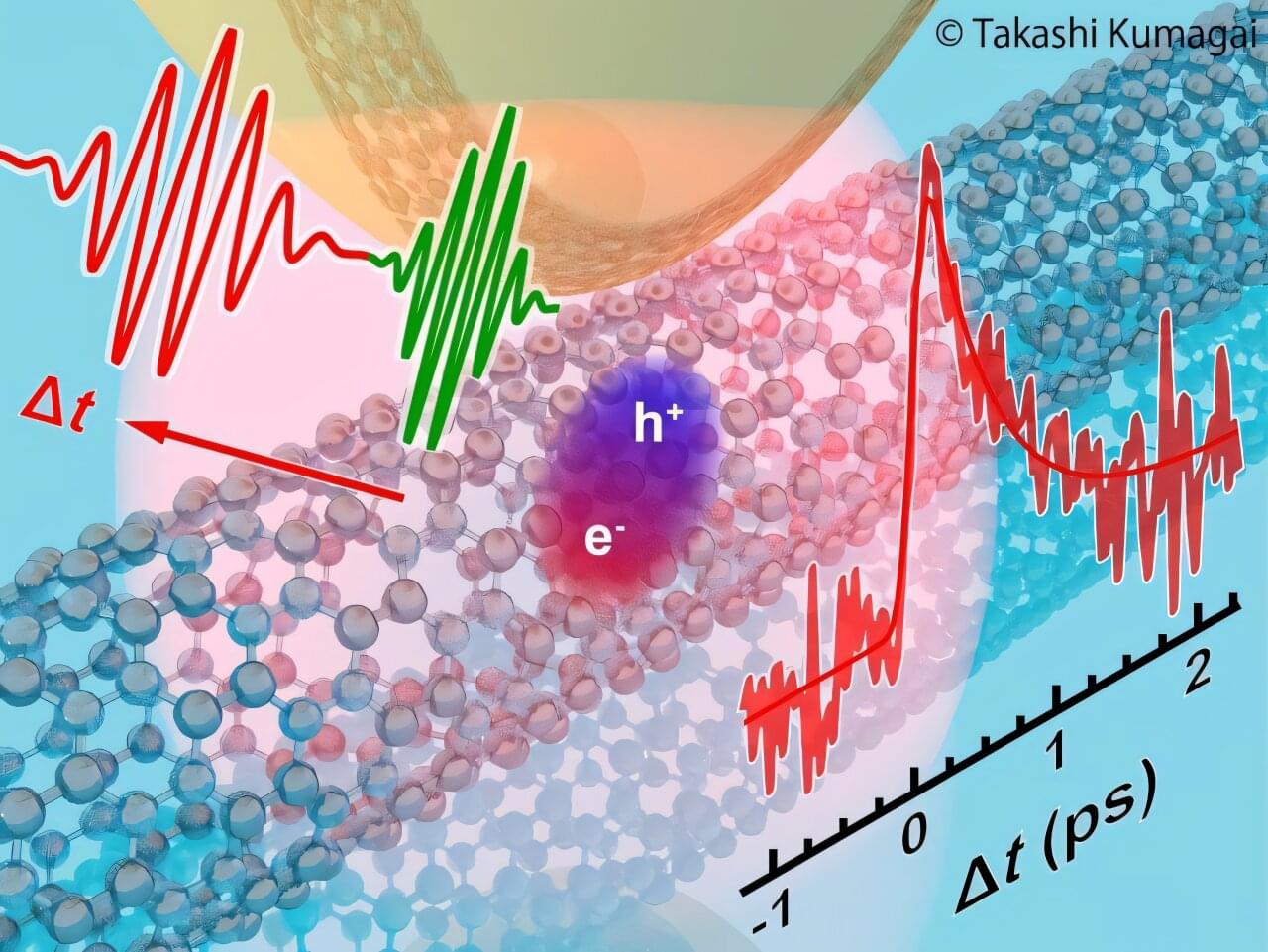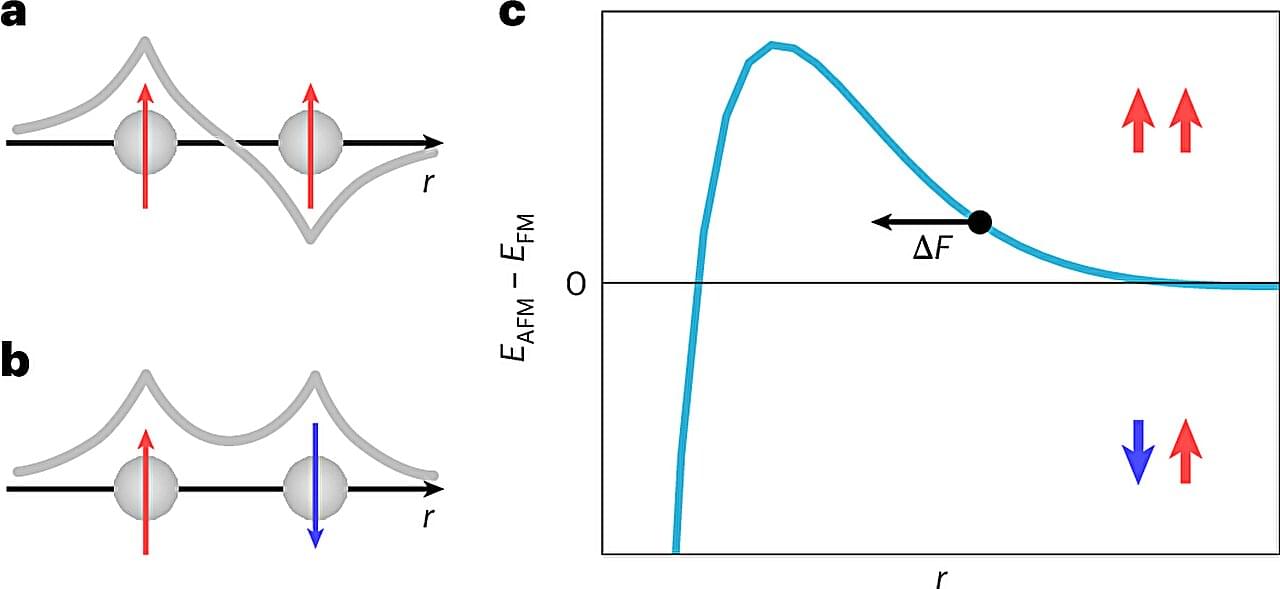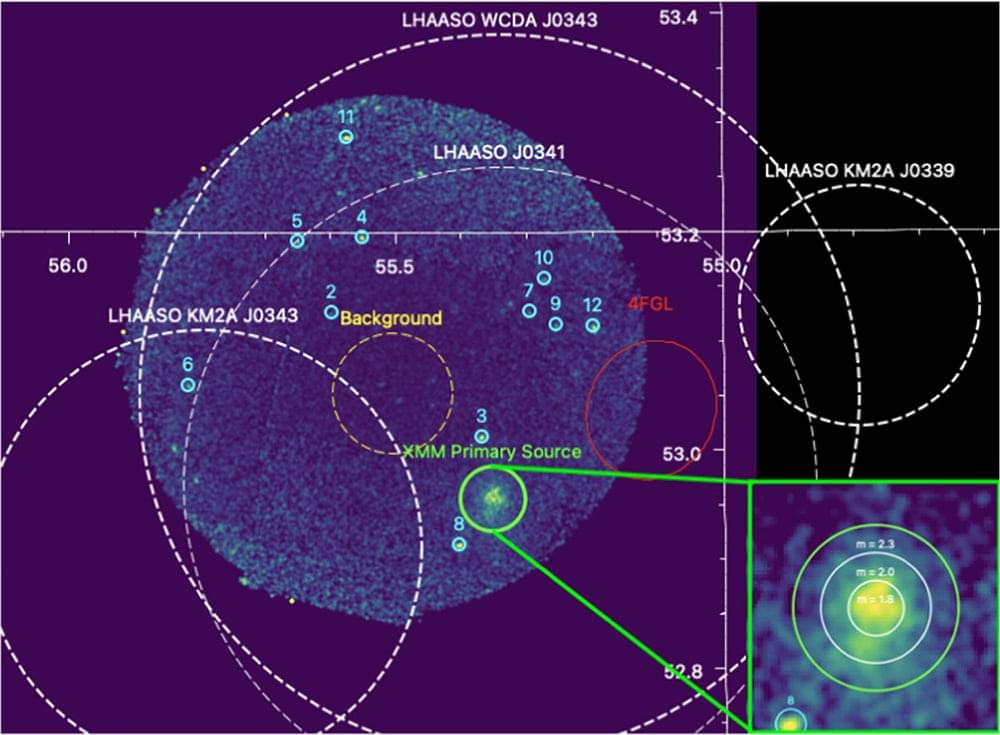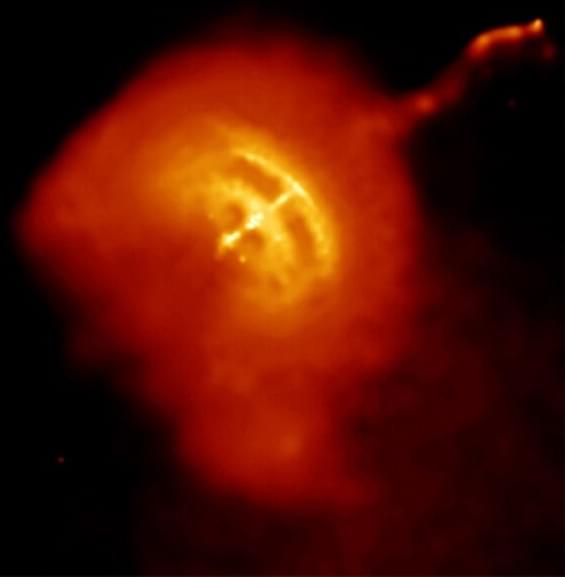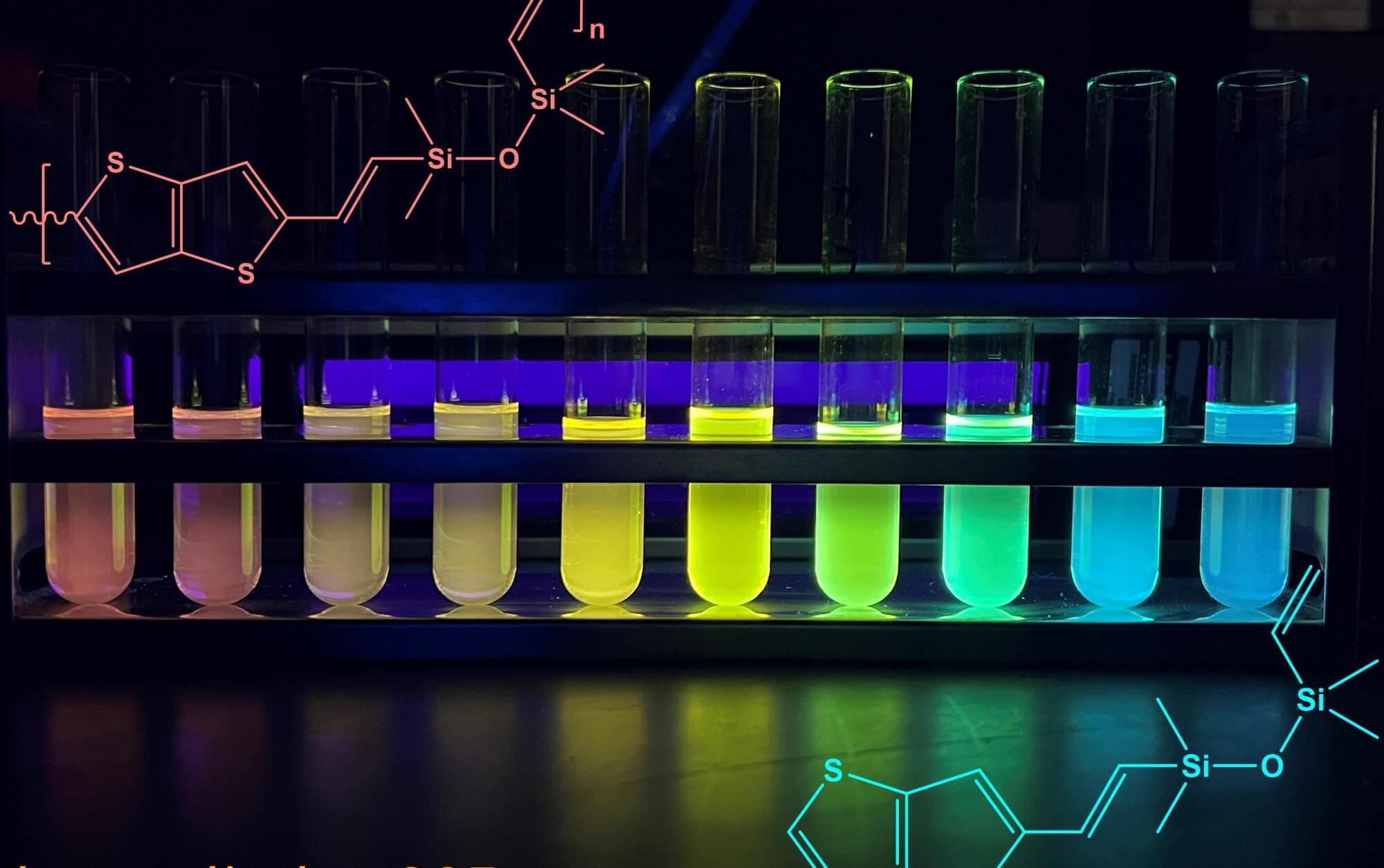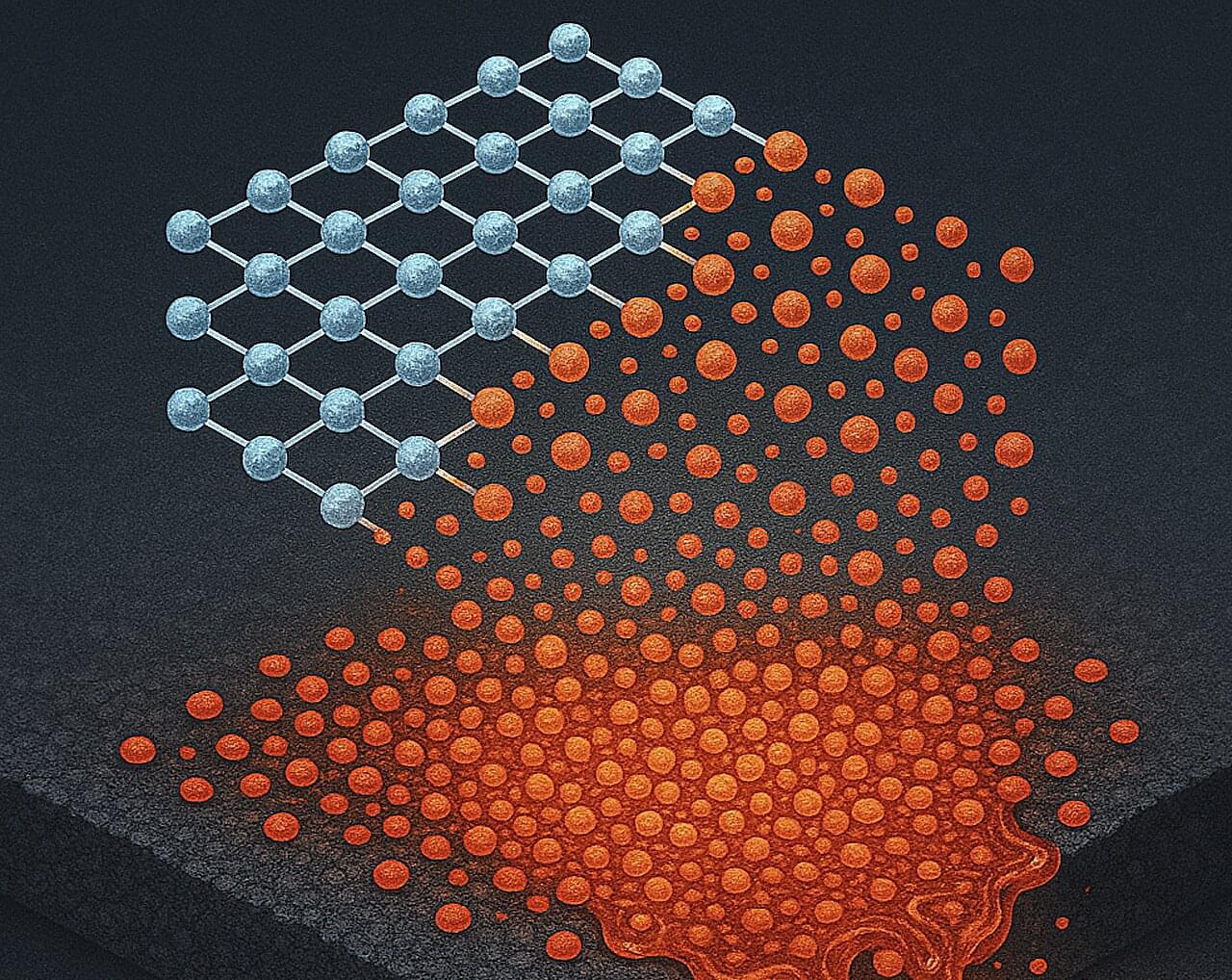As the number of particles in a physical system increases, its properties can change and different phase transitions (i.e., shifts into different phases of matter) can take place. Microscopic systems (i.e., containing only a few particles) and macroscopic ones (i.e., containing many particles) are thus typically very different, even if the types of particles they are made up of are the same.
Mesoscopic systems lie somewhere between microscopic and macroscopic systems, as they are small enough for individual particle fluctuations to impact their dynamics and yet large enough to support collective particle dynamics. Studying these middle-sized physical systems can yield interesting insight into how the fluctuations of individual particles can give rise to the collective particle behavior observed as a system grows.
Researchers at the University of California Berkeley and Columbia University recently introduced a new approach to precisely realize physical systems that are ideal for studying mesoscopic physics and the underpinnings of phase transitions. Their approach, outlined in a paper published in Nature Physics, relies on the use of atom tweezer arrays to control the number of atoms in a system and how they interact with light.
